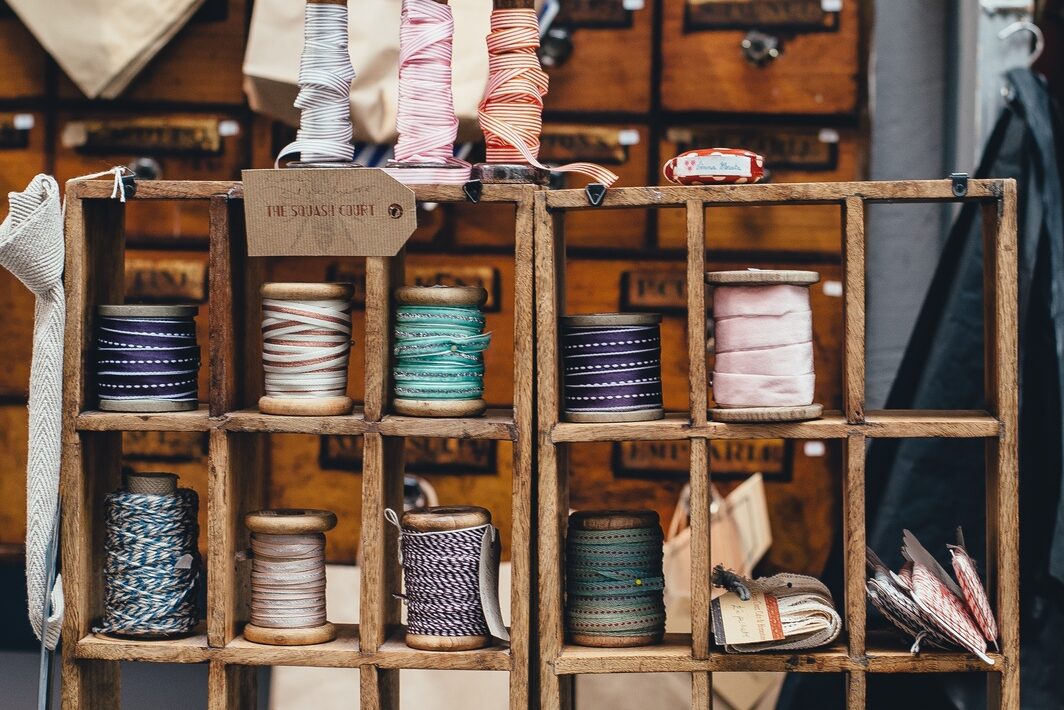A Collar of Distinction
In the Elizabethan era (1558-1603), fashion was a canvas for expressing one’s identity and status, and one of the most iconic elements of this era was the ruff. These elaborate collars, adorned with intricate lace and varying in size and shape, became synonymous with the opulence and refinement of Elizabethan fashion.
An Evolution of Elegance
The ruff underwent a fascinating evolution, transitioning from a modest accessory to an elaborate fashion statement. In the early years of the era, ruffs were relatively small and simple, framing the face with a delicate touch. However, as the era progressed, ruffs grew in size, becoming more intricate and flamboyant.
Lavish Lace and Fabric
The hallmark of the Elizabethan ruff was its lavish use of lace. Delicate, ornate lace was intricately woven and stitched to create collars that were both luxurious and visually striking. The ruffs were often crafted from fine fabrics such as linen, silk, and lace, reflecting the wearer’s social status and taste.
Wired Elegance
To achieve their distinctive shape, ruffs were often supported by wire frames known as “supportasse” or “underpropper.” These wire structures allowed ruffs to stand tall and maintain their elaborate form, framing the face in an exquisite display of fashion artistry.
Varying Styles and Trends
Ruffs came in a variety of styles, each with its own unique shape and dimensions. The “whisk,” a popular style, featured a ruff that framed the face in a gentle curve. The “cartwheel” ruff, on the other hand, extended horizontally, creating a wide and eye-catching collar that commanded attention.
Symbolism and Status
Ruffs were not only fashion accessories; they were symbols of social status and cultural identity. The size and extravagance of one’s ruff often conveyed wealth, rank, and even one’s affiliation with certain religious or political groups. As a result, ruffs played a crucial role in the complex language of Elizabethan fashion.
Ruffs in Art and Portraiture
Elizabethan portraiture often showcased individuals wearing their finest ruffs, capturing the essence of the era’s fashion trends. Paintings of the time provide a visual record of the diversity and creativity that ruffs brought to the realm of attire, reflecting the wearers’ personalities and aspirations.
Enduring Influence
The influence of Elizabethan ruffs can be seen in modern fashion and design. Elements of their structure and style have inspired designers, artists, and costume makers in various contexts. Ruffs continue to captivate and inspire, serving as a reminder of an era where clothing was a means of artistic expression and social communication.
Preserving Elegance
Efforts to preserve and replicate Elizabethan ruffs are ongoing in historical reenactment and period costume communities. By recreating these elaborate collars, enthusiasts pay homage to an era where fashion was elevated to a form of wearable art, showcasing the beauty and creativity that defined the time.
A Symbol of an Era
The ruff stands as a symbol of the Elizabethan era’s opulence, elegance, and artistry. This intricate collar encapsulates the essence of a period where fashion was more than clothing; it was a manifestation of culture, identity, and the intricate interplay between aesthetics and society.
Conclusion
The ruff is more than a piece of clothing; it’s a cultural artifact that embodies the rich complexities of Elizabethan fashion. From its evolution in style and size to its symbolism of status and refinement, the ruff encapsulates the essence of an era that celebrated elegance and finery. As we explore the world of ruffs, we delve into a time where fashion was a work of art and a statement of identity.

